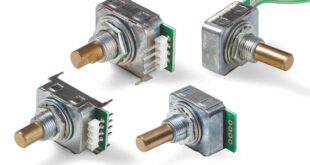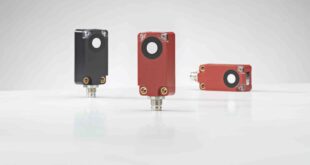Russelectric, a manufacturer of automatic transfer switches and power control systems, offers its Utility Paralleling System, for ensuring that critical loads experience no interruption when transferring between live utility and generator sources.
The system can also be configured for peak shaving, utility-sponsored load curtailment programs, exporting power to the grid, and for a variety of combined heat and power (CHP) applications.
The Russelectric Utility Paralleling System has been used by hospitals, data centres, telecommunications, and banking facilities, as well as airports, water and waste water, and renewable energy facilities.
Russelectric paralleling systems incorporate dual, redundant, hot synchronised programmable logic controllers (PLCs) for system control.
Discrete switches, meters, and control devices are standard to allow manual control capability in the event that both system PLCs fail.
With the Russelectric Utility Paralleling System, users get soft loading transfer and phase lock synchronising when paralleling with the utility, which reduces transients and controls the loading to the engine generators.
All paralleling systems are UL listed. Selector switches are provided for open/closed transition, automatic/manual paralleling of generators and utility sources, and automatic/manual retransfer between both sources of power.
The Utility Paralleling System offers a choice of either momentary paralleling with the utility or sustained paralleling for soft loading.
Also available is paralleling of generator sets with the utility upon return of the utility source after power interruption.
System operation begins with testing in closed-transition mode with no interruption of the load.
Generators are then paralleled with the utility and the load is transferred to them. Upon completion of testing, the load is retransferred through closed-transition to the utility source without disturbance.
 Engineer News Network The ultimate online news and information resource for today’s engineer
Engineer News Network The ultimate online news and information resource for today’s engineer





